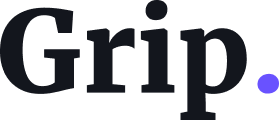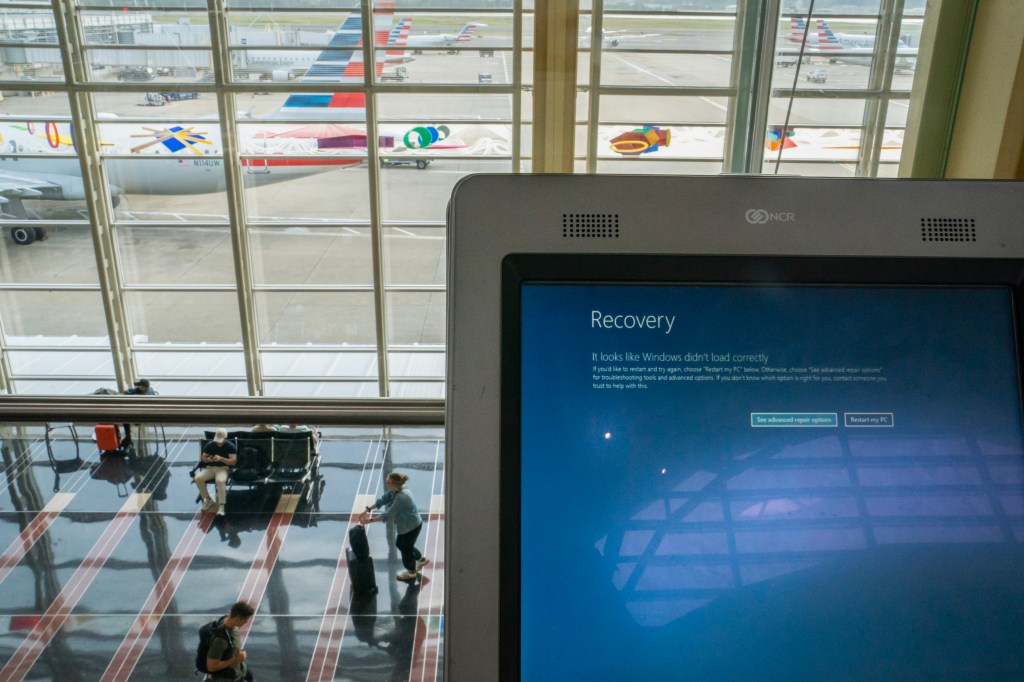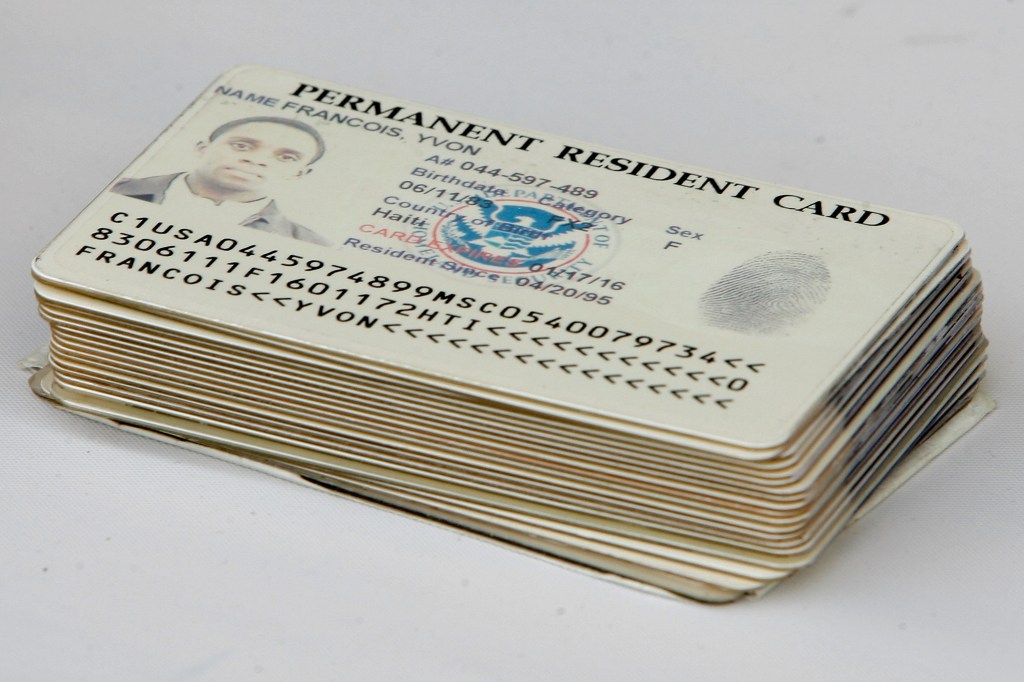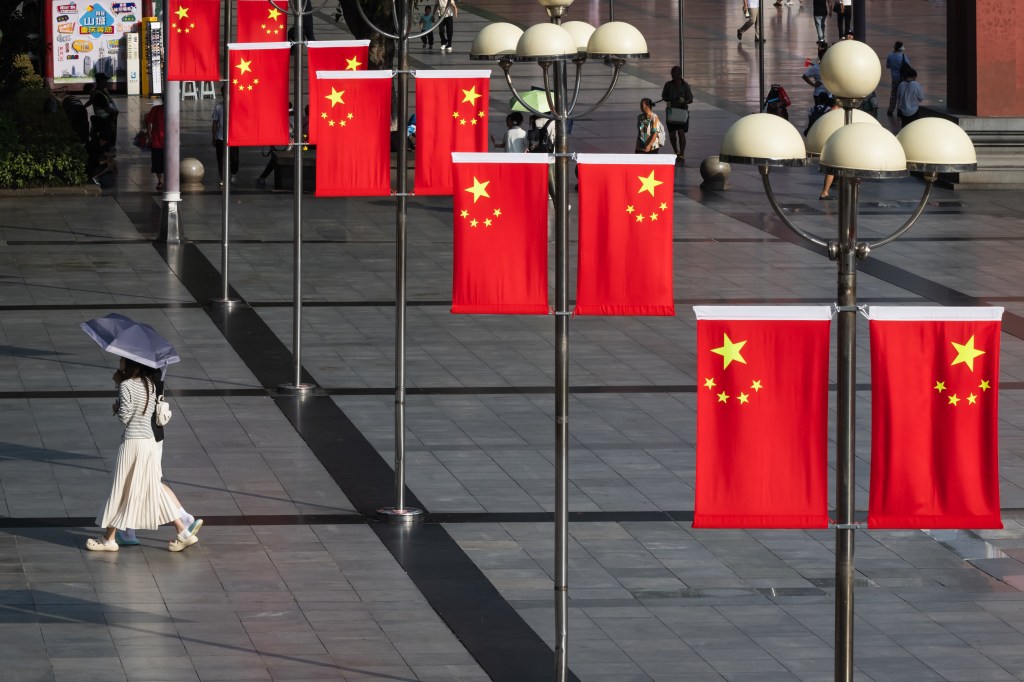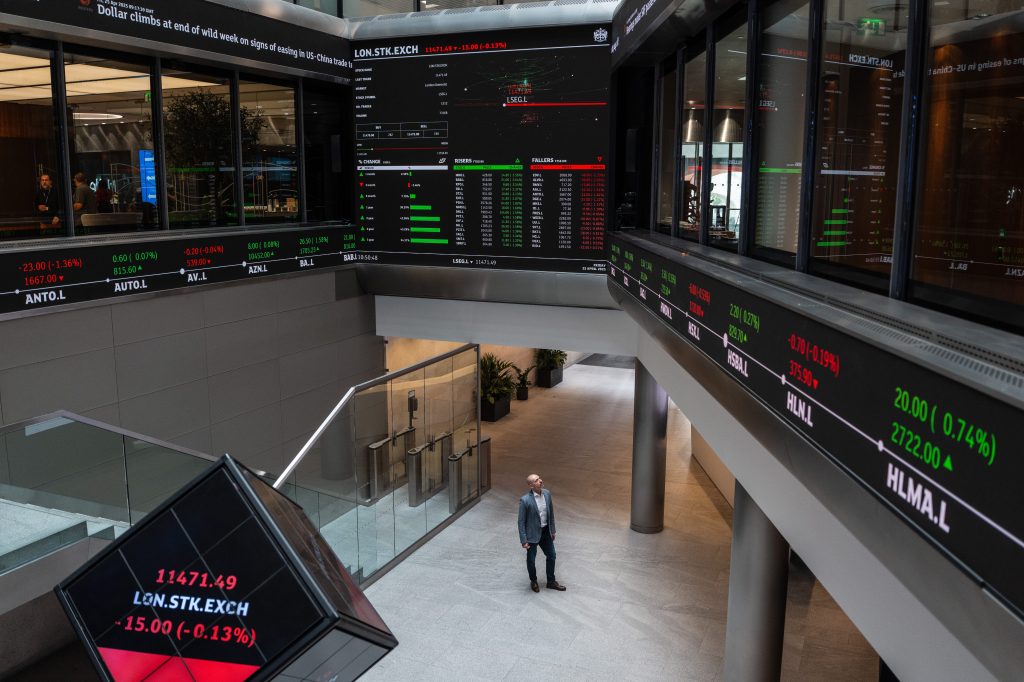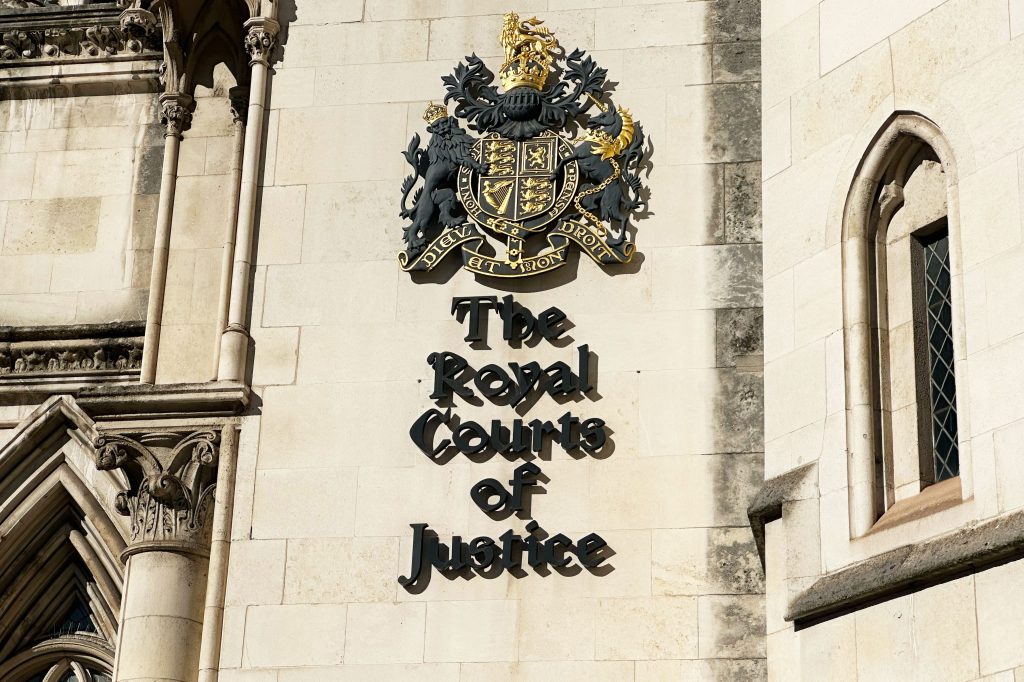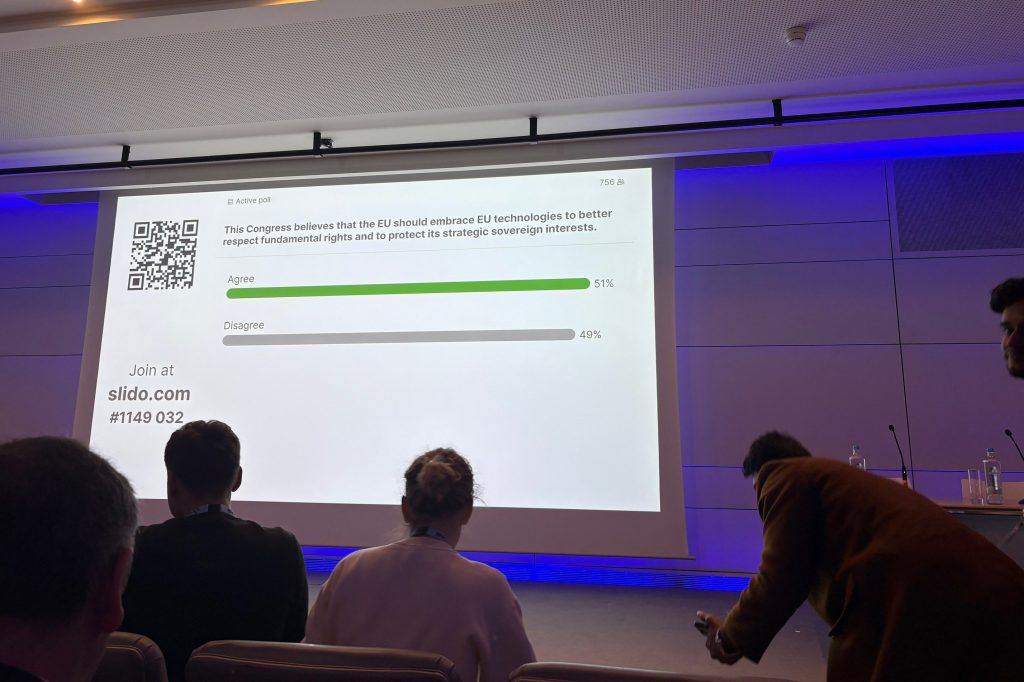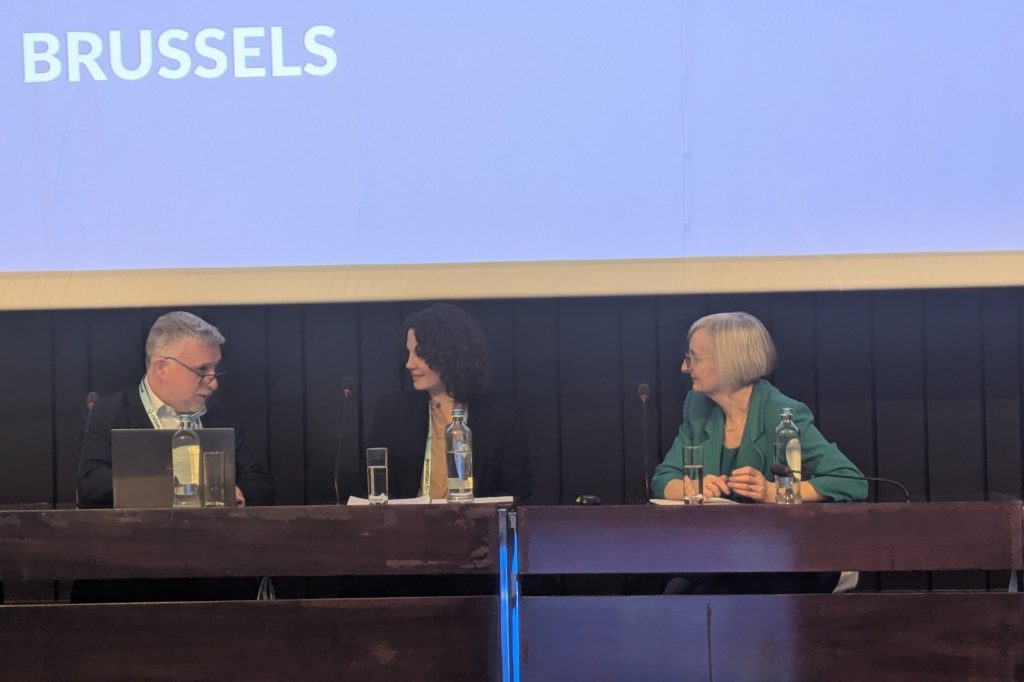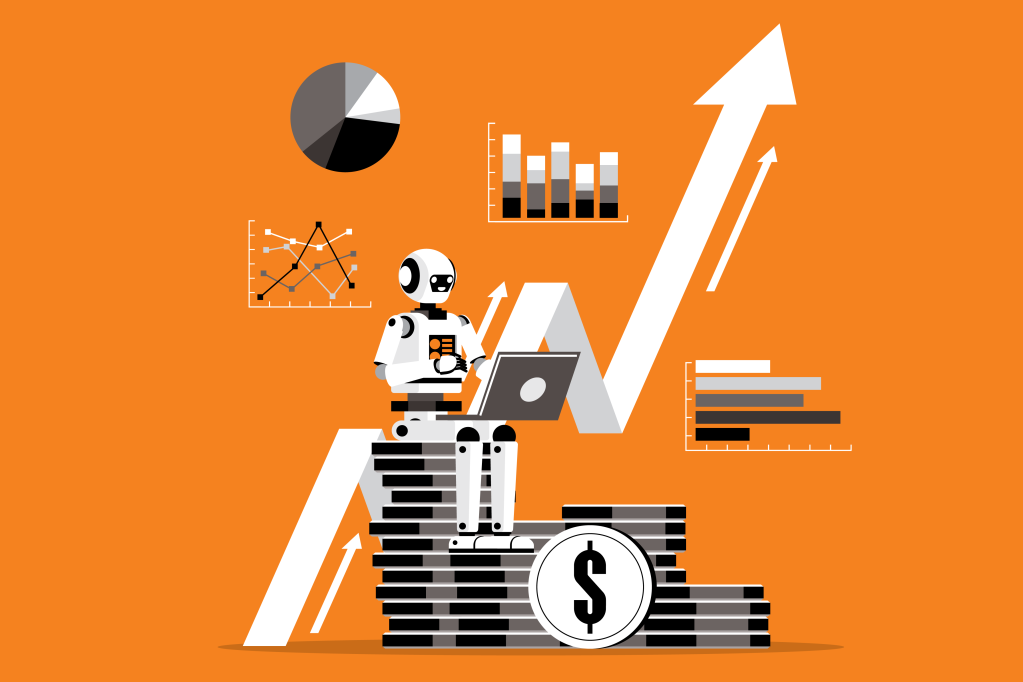The exponential development in AI capabilities and their increasing availability has profoundly altered the ways in which global markets can be used, and misused. No longer limited to analytics, AI now creates, whether through generative algorithms, autonomous agents or deep-learning strategies. It has unleashed immense power with minimal latency. As
Register for free to keep reading.
To continue reading this article and unlock full access to GRIP, register now. You’ll enjoy free access to all content until our subscription service launches in early 2026.
- Unlimited access to industry insights
- Stay on top of key rules and regulatory changes with our Rules Navigator
- Ad-free experience with no distractions
- Regular podcasts from trusted external experts
- Fresh compliance and regulatory content every day
